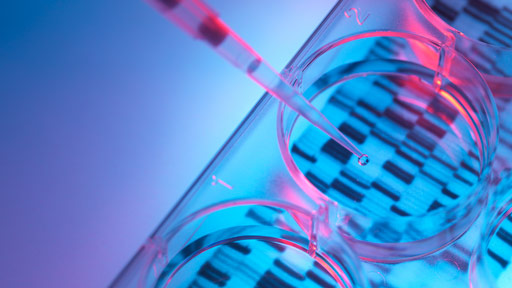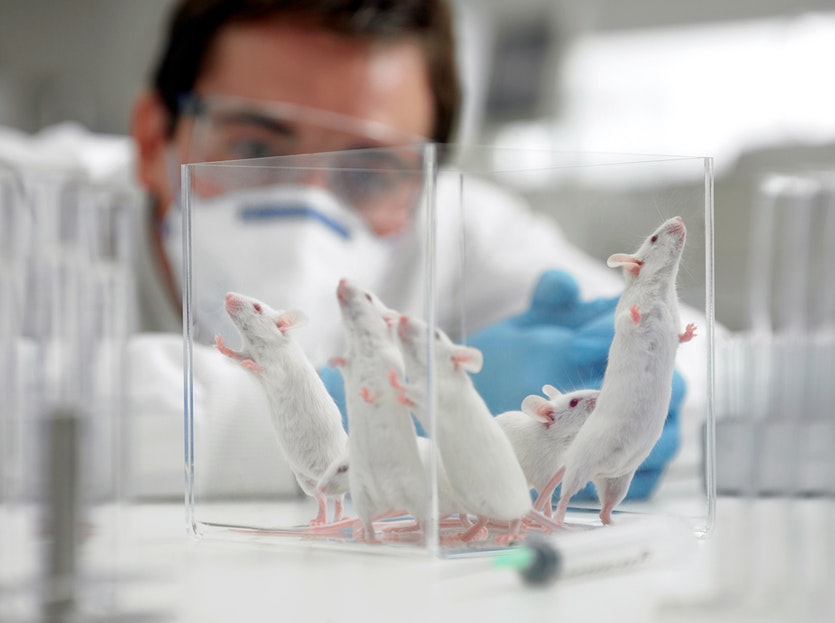(National Institutes of Health, nih.gov)
(U.S. Department of Energy, energy.gov)
"It is clearly no longer a question of whether the project ought to be done, but of how fast it will be done."
~ Russell Doolittle
(National Institutes of Health, nih.gov)
(U.S. Department of Energy, energy.gov)
Initially, the Human Genome Project started in 1990 through sponsorship by the National Institutes of Health (NIH) and the U.S. Department of Energy (DOE) (Byran). The two organizations coordinated this planned fifteen year project to better understand human genetic material: DNA.
Rosalind Franklin’s 1953 discovery of DNA enabled James Watson and Francis Crick to learn of the influence DNA has on inherited diseases. Scientists then studied DNA and its components learning of RNA (copied DNA), which they then translated into protein. With this newfound understanding of DNA, they were able to begin gene mapping.

(Watson & Click, whatislife.ie)

(Genetic markers, genome.gov)
Mapping is the charting of gene locations on chromosomes which is done using genomic markers. The marks made are not based on their physical location on the chromosome, but rather the frequency of chromosomal crossovers that occurred during meiosis.
Scientists sought to know more about complete gene sequences and their possible application to the genes of different organisms, humans included. As a beginning to achieving this hope, researchers studied the genetic makeup of nonhuman organisms, such as E. Coli, the fruit fly, and the laboratory mouse.

(Lab rats, cosmomagazine.com)

(Atomic bomb victim, worldwar2database.com)
A cluster of elevated birth defect rates among the children of Hiroshima and Nagasaki atomic bombing survivors caused scientists to investigate possible genetic mutations. The DOE was interested in determining if there was a link between exposure to high levels of radiation and genetic mutations so the quest to break the barrier of our understanding of the genome was launched. Scientists wanted to discover if the children of these victims also had these gene mutations.